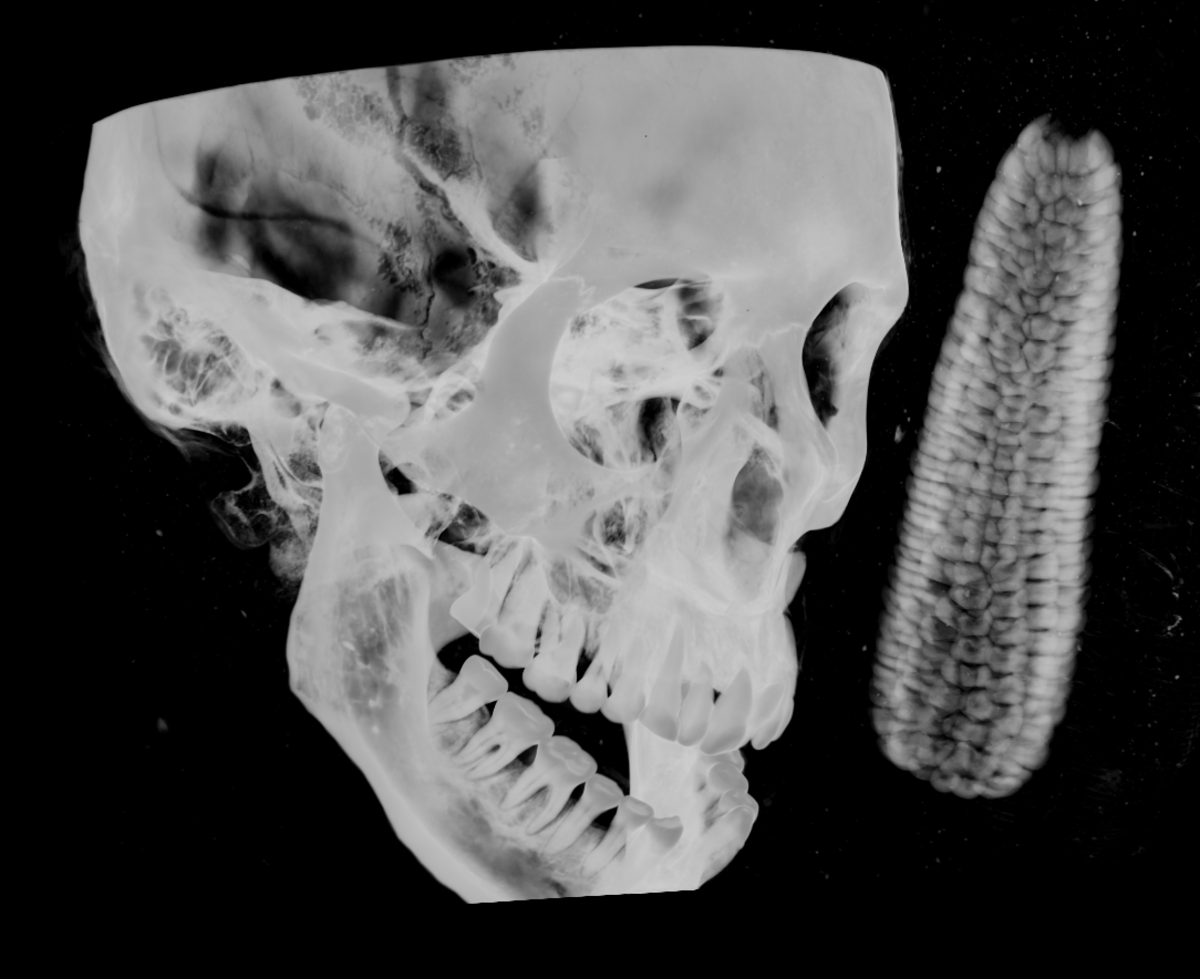As part of the Big Picture project, researchers from the Fraunhofer IIS took on the task of digitising three dimensional objects with a high level of accuracy. To demonstrate the progress of the research work that has been ongoing since the beginning of the project in February 2018, they performed research on a mummy from the collection of the Linden Museum in Stuttgart, believed to date from the Late Intermediate Period (11–15 century A. D.), using 3D-CT.
‘The mummy we investigated was the perfect scan object, and allowed us to create a win-win situation for us and the Linden Museum. We have obtained a huge volume of data, by means of which we were able to test and improve our image processing methods. In return, the Linden Museum received valuable data, through which the history of the mummy can be extensively researched’, explains Professor Tomas Sauer, Director of the Group Knowledge-based Image Processing at the Fraunhofer Development Center X-Ray Technology EZRT and Chair of Mathematics at the University of Passau, with a focus on digital image processing.
Processing large data volumes
Modern measuring systems generate increasingly large and highly complex data volumes, which must be saved, processed and converted into usable information. While today, for the most part, saving the data is unproblematic and purely a question of effort, the processing and evaluation is a huge challenge. It was precisely this problem that was studied in the Big Picture project. At the Fraunhofer sites in Fürth, Deggendorf and Passau, a ten person team is working on, among other things, a forward-thinking method of image processing to make huge volumes of image data usable. With a self-developed software tool, the researchers are, for example, able to segment image areas from a large data set, splitting it up into specific, smaller, selected areas. Compression methods also play a key role here: with newly developed software, the high-resolution scans from the mummy can be observed and analysed with a conventional notebook – prior to this it had been necessary to use very expensive, high-performance industrial computers for this purpose.
A corncob for a nose
What was hidden beneath the dozens of layers of cotton wraps was unclear prior to the CT scan, aside from the rough age and origin of the mummy. After an initial analysis of the data, the researchers were able to confirm that the cadaver was definitely in a squatting position, with its arms crossed in front of its legs. Numerous grave goods, such as shells and bracelets for example, could be identified from the scan. A light was also shone on the mystery of the bulge in the middle of the head: this appears to be a corncob, which has been amazingly well preserved.
‘The mummy very probably heralds from the central or southern coast of Peru. Only there is it dry enough for organic material to be so well preserved. In old Peru the afterlife was conceived of as being very real, in other words it was imagined to be much like this life. This is why food and clothing are often found as grave goods. The deceased ancestor needed to be fed and clothed in the afterlife too. We hope that, through a more accurate identification of the grave goods, we can reach a more precise date for the mummy, without having to damage it’, explains Dr Doris Kurella, responsible for the Department of Latin and North America at the Linden Museum.
It's not just museums that profit
In the scope of previous research and industry projects, multiple reference applications with a high economic utility were identified. The content of the Big Picture project was designed in such a way as to address the requirements of Bavarian industry partners in particular. For example, sensor systems and image processing for high-resolution measurement technology using inline computer tomography on large format, safety-related cast components are indispensable for the automotive industry. This technology enables total, production-integrated control of safety-related components such as cylinder heads and thus ensures impeccable product quality and safety. The aims of Big Picture entailed the development of solutions which markedly improve the usability of this technology.
The Fraunhofer Institute for Integrated Circuits IISin Erlangen is a top global application-oriented research institution for microelectronic information-technology system solutions and services. Today it is the largest institute in the Fraunhofer community. Research at the Fraunhofer IIS is focused on the umbrella topics of ‘audio and media technology’ and ‘cognitive sensor technology’.



